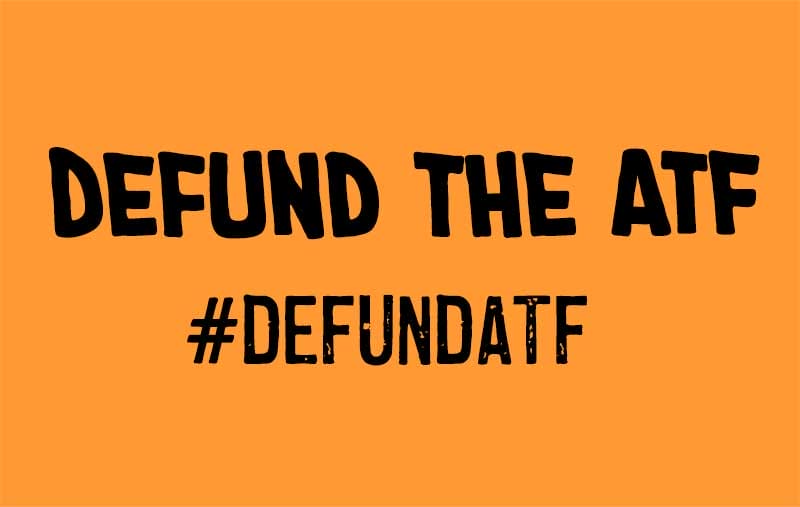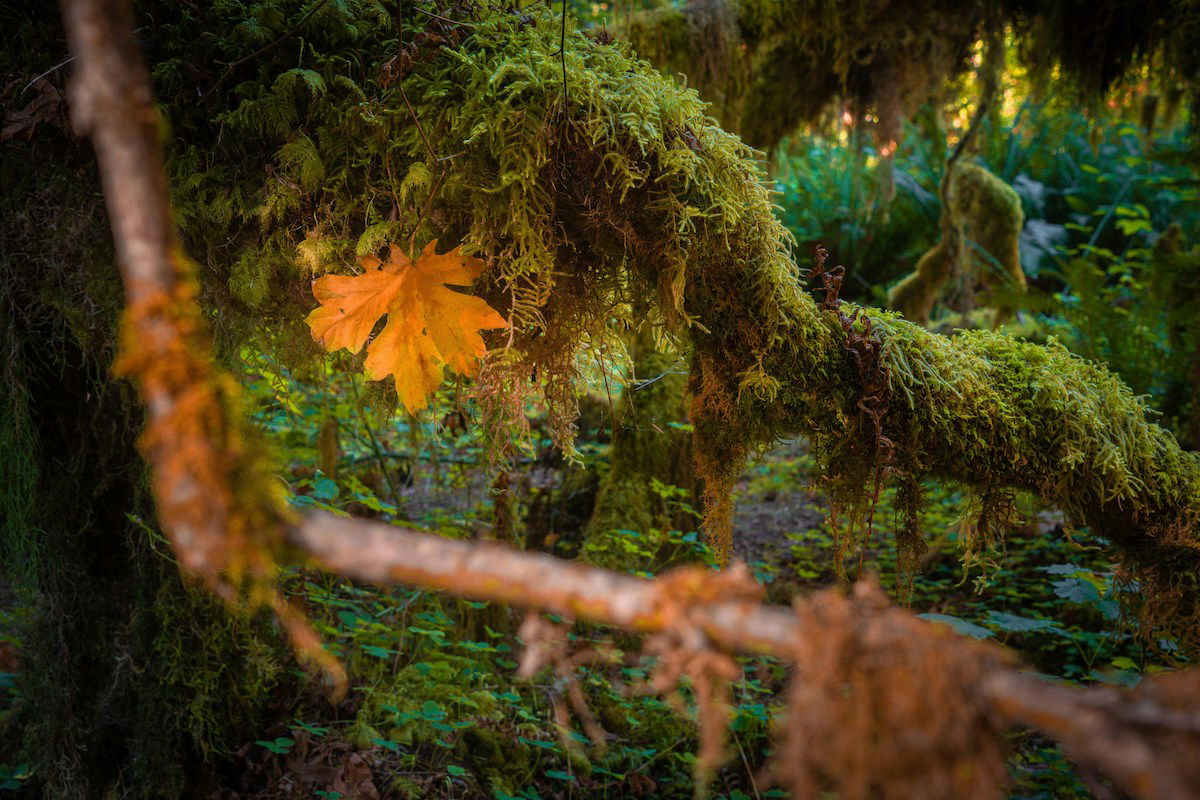New River Gorge National Park and Preserve/Gary Hartley via NPS
New River Gorge National Park and Preserve in West Virginia has received funding to develop a database of accessibility information on trails and river access points.
The funding comes from a grant from the National Park Foundation’s Park Ventures program in partnership with Active Southern West Virginia’s Get Active in the Park (GAP) initiative.
Grant funds will be used to recruit, train, sustain, and equip program volunteers and purchase equipment. Funds will also be used to develop a database of hiking trails and river access points within the park to provide information on accessibility for disabled populations and other users. Information on accessibility eliminates the barrier of limited knowledge and allows park users to make informed decisions based upon their access requirements. Creating and sharing this information benefits everyone who wants to experience national parks to their fullest extent.
“We are pleased and excited to make this announcement,” said New River Gorge Superintendent Charles Sellars. “We strive to provide all park visitors with the tools they need to make their visit safe and enjoyable. This grant will provide yet another tool to promote these efforts.”
The Get Active in the Park program promotes a lifestyle change towards a more active and healthy way of living. Through inclusive and adaptive outdoor activities, the program seeks to foster social connections, accountability, and a sense of belonging among participants and volunteers.
“Active Southern West Virginia and New River Gorge National Park and Preserve have been strong partners through the GAP program since 2016,” said Active SWV Executive Director Melanie Seiler. “This grant will enrich that partnership with accessible program offerings and information that empower the local community and park visitors to experience the park in a way they never have before.”
The project timeline includes ongoing programming led by trained Community Captains, with new volunteer training scheduled for April/May. Trail inventory work begins in early Spring, with the goal of launching the trail database to the public in October. For more information about the GAP program and how to get involved, visit this site.





